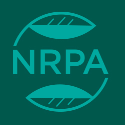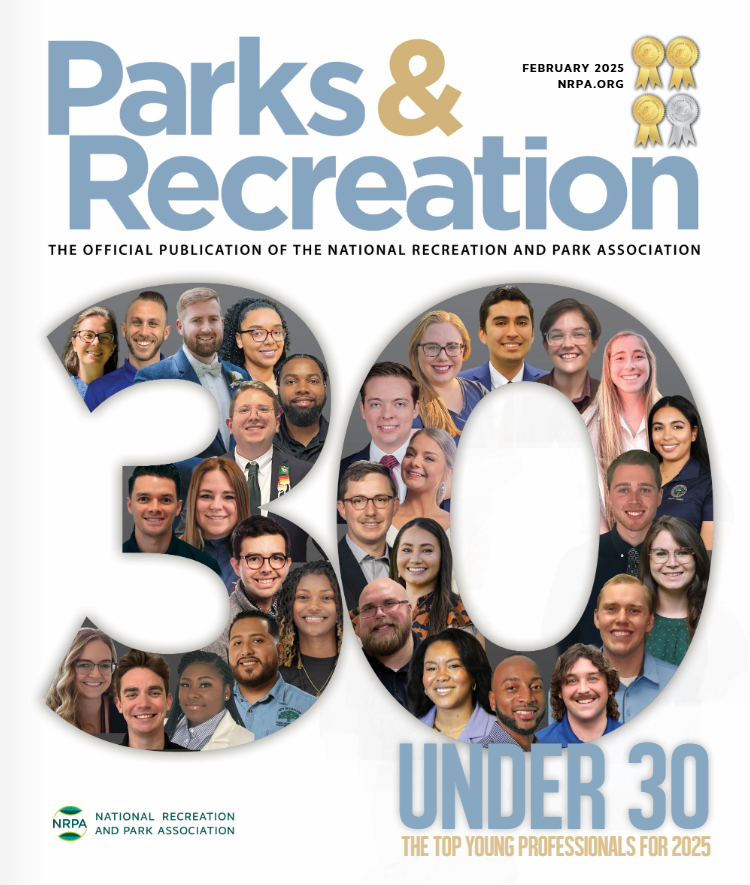
Park Access Network Resource Hub
-
You must log in to register
- Non-Members - Free!
- Members - Free!
- Premier Members - Free!
Find previously live Park Access Network content here! Parks and recreation create stronger, more resilient communities that can adapt to and better recover from environmental, social and economic challenges. However, significant socioeconomic disparities affect access to parks, including the number of quality parks, proximity of parks and connection to safe, welcoming, culturally relevant parks and programs. Moreover, less represented communities receive fewer resources and support to prepare for, respond to and recover from the impacts of climate change.
Park and recreation professionals have the tools and resources to lead localized, accessible solutions that advance the multitude of benefits derived from equitable park access and climate-resilient park systems. The Park Access Network is an open community bringing together professionals from all over to facilitate conversations and best practices among peers to drive systemic changes that advance equitable and resilient park access.
Sorry -- You are not logged in on the Community Site, so we cannot show you the Community Discussion.


Engage With Us